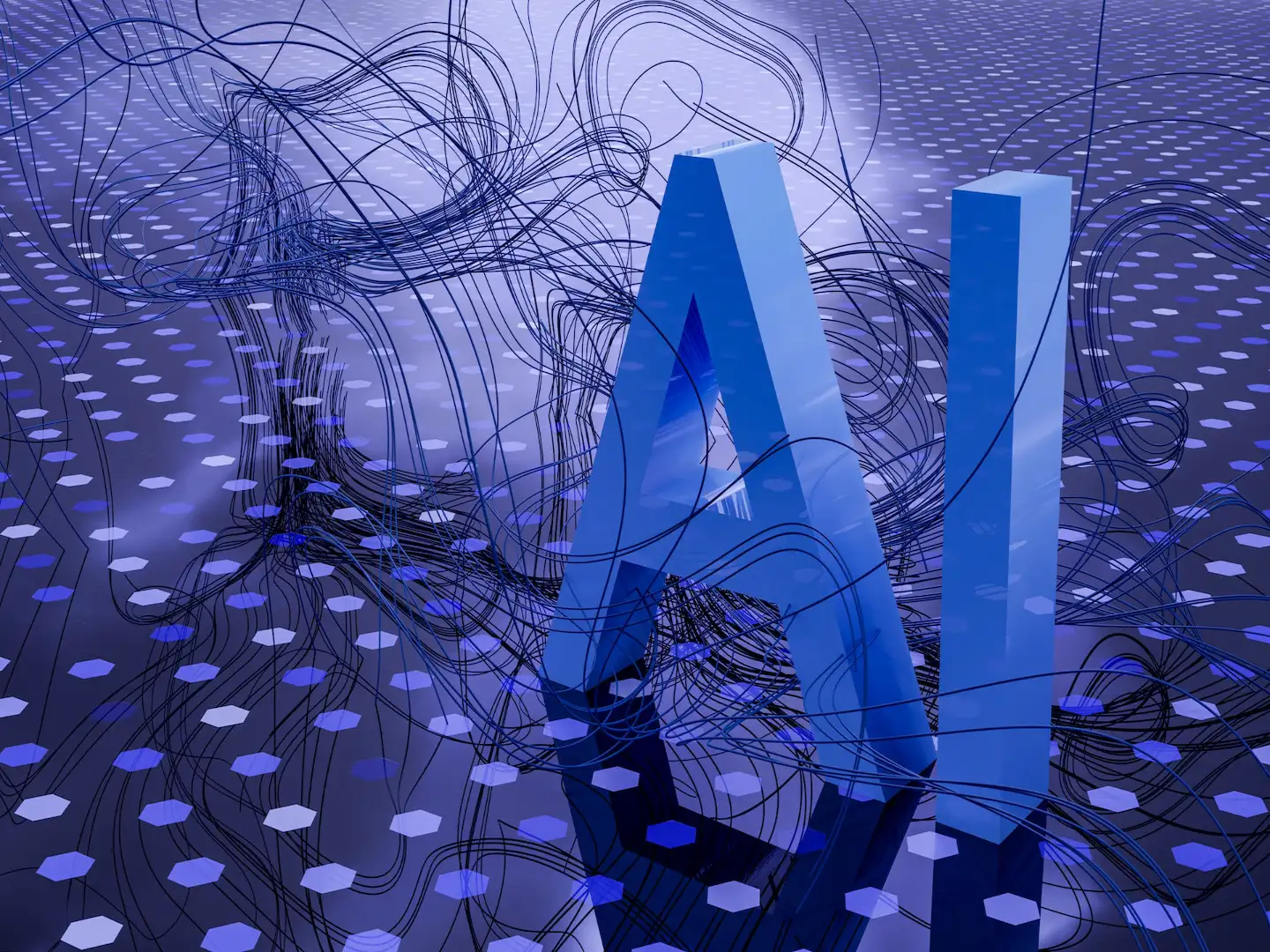
In any market, having a competitive edge is crucial for standing out and achieving long-term success. Whether it’s through innovation, exceptional customer service, cost efficiency, or a unique brand reputation, these advantages enable companies to outperform their rivals. However, in small or isolated markets—where competition is limited and outside influences are minimal—the drive to develop such advantages can weaken. This is especially true in markets that are closed off from global trends due to language, cultural barriers, or geographic isolation.
For business managers operating in these environments, understanding how the nature of your market can affect competitiveness is vital to long-term success. Let’s explore the challenges and opportunities for businesses in small, closed-off markets and how you can strengthen your company’s competitive edge.
In a smaller market, where there are fewer players, businesses often fall into the trap of complacency. With limited competition, the pressure to innovate or improve is reduced. Without enough competitors pushing the envelope, companies may settle into a comfortable routine, which can result in stagnation. This lack of urgency to develop distinctive advantages can cause the entire market to slow down, which is a significant risk to any business looking for sustainable growth.
Moreover, in a small market, benchmarking becomes difficult. In larger, more competitive environments, you can compare yourself against multiple players to understand where you stand. In a market with only a few participants, it’s harder to gauge whether you’re leading or falling behind, especially in relation to global standards. This can lead to missed opportunities for improvement and growth.
Additionally, customer expectations may be lower in smaller markets, as customers often have fewer alternatives. Without diverse options, they might not demand higher-quality products or services, which reduces the incentive for companies to improve. This can create a cycle where businesses are not motivated to innovate, and customers are not pushing them to do so.
Finally, collaboration and idea-sharing, which often drive innovation, are less likely in small markets. Larger ecosystems thrive on competitors challenging and inspiring each other. But in small markets, the lack of competition-driven collaboration can limit opportunities for growth and the development of new competitive edges.
The situation becomes even more complex in markets that are isolated due to language, culture, or geographic barriers. In these environments, businesses face additional hurdles in maintaining and developing their competitive advantages.
In markets that are cut off from global trends and technologies, innovation often lags behind. Without exposure to international developments, companies may struggle to stay competitive in industries that are rapidly evolving elsewhere. This isolation creates an innovation bottleneck, where new ideas and best practices fail to reach the market, hindering growth and competitiveness.
Isolated markets also face challenges in attracting top talent, especially when specialized skills are required. With fewer opportunities for international collaboration, local businesses may struggle to bring in the expertise needed to innovate and remain competitive. Moreover, without easy access to global resources, it becomes harder to keep pace with international competitors.
Cultural barriers can also create inertia. New or disruptive ideas may be slow to take hold if they conflict with deeply ingrained norms or business practices. While traditional approaches might work well in the short term, they can eventually become obstacles to progress, especially as the world around the market evolves.
Without exposure to global alternatives, customers in closed-off markets may have lower expectations for product and service quality. This further reduces the pressure on businesses to improve and innovate, leading to stagnation.
Even if your business thrives locally, expanding into international markets can be difficult. Language and cultural barriers, as well as limited experience in operating on a global scale, often hinder companies from successfully entering new markets. This limits growth potential and can prevent you from taking full advantage of your competitive edge.
Despite these difficulties, there are several strategies that business managers in small or isolated markets can adopt to foster innovation and build a sustainable competitive edge.
One of the most effective ways to build a competitive edge in a small or isolated market is to focus on niche specialization. By offering products or services that are uniquely suited to your market’s needs, you can create a strong local advantage. Niche strategies allow businesses to tailor their offerings precisely to their customer base, making it difficult for competitors—especially foreign entrants—to replicate your success.
Although your market may be closed off, collaborating with international partners can bring fresh ideas and innovation to your business. Forming partnerships with companies in larger markets can expose you to global best practices, technological advancements, and new ways of thinking. This can help overcome the isolation your market faces and keep your business competitive on a broader scale.
Digital technology offers a powerful way to break through the limitations of a small market. By leveraging e-commerce, digital marketing, and remote collaboration tools, you can reach global customers and talent without physically expanding beyond your local market. This approach also allows you to adopt global trends and innovations more quickly, keeping your business on the cutting edge.
Government programs that support innovation and reduce trade barriers can be instrumental in helping businesses in smaller markets thrive. Advocating for policies that promote international cooperation, foreign investment, and innovation subsidies can provide the external stimulus your business needs to stay competitive.
While small and isolated markets face distinct challenges, they also offer unique opportunities for businesses that can adapt and innovate. By focusing on niche specialization, collaborating internationally, and investing in digital solutions, you can develop a competitive edge that not only keeps you ahead locally but also positions your business for long-term success.
As a business manager in a small or closed-off market, it’s essential to recognize the barriers you’re up against—but with the right strategies, you can turn those barriers into opportunities for growth and innovation.


